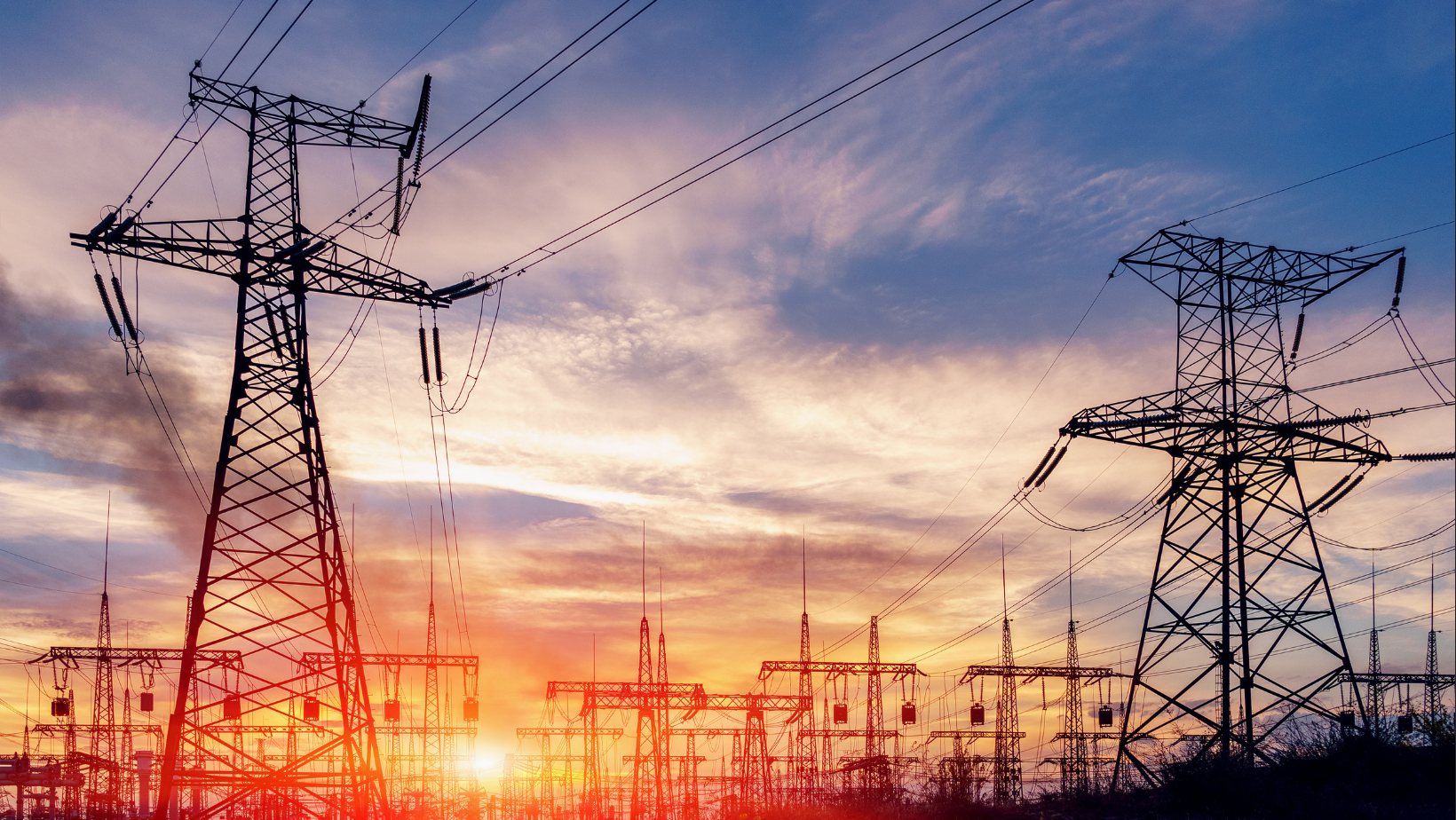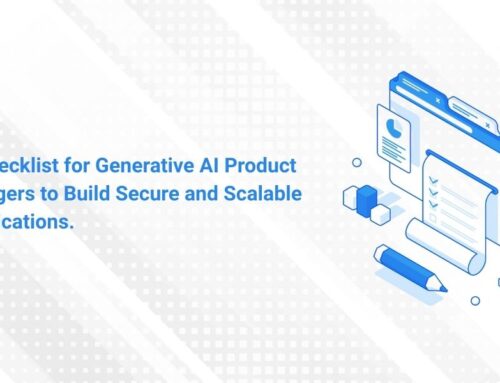Three reasons the energy sector must urgently deploy AI technologies
Earlier this year, hackers gained access to the networks of a Canadian gas pipeline and were able to conduct an emergency shutdown of the whole system. While an attack of this magnitude is uncommon, the energy sector as a whole is becoming a top target for criminals. More worryingly, these attacks are set to become more sophisticated and damaging with time.
The energy sector quite literally powers daily life for people. It provides an essential resource to communities, and if its services are disrupted, energy companies have to act quickly to restore operations. Criminals therefore have great leverage if they access energy systems. The industry is so valuable that in Europe, nearly 50% of all cybersecurity incidents in the energy sector are due to malicious actors.
Energy players are no stranger to technical tools, but many still haven’t adopted artificial intelligence (AI) as a way to connect tools and provide critical data insights that make more comprehensive cybersecurity strategies. Considering that much of the operational and informational tech used in the energy field wasn’t designed for the modern digital landscape, AI can serve as the glue that closes vulnerabilities in and in between systems. Here’s why AI is a much needed safety net for the energy sector.
AI bridges gaps between legacy and modern systems
One of the largest threats to the utilities in particular and the energy sector in general is that its infrastructure is getting old, rusty and in danger of breaking down and causing harm to the general public and loss of property, even deaths in some cases. AI can do a lot of predictive maintenance ensuring that these older infrastructure are fixed before they break down. This would save a lot of money, property and lives.
But companies that use both legacy and new systems in their operations are just as vulnerable. In the same way legacy tools can create gaps in security that threaten the entire network, modern systems may not be able to easily integrate with legacy ones, and so the disconnect further exacerbates security gaps.
AI can be the unifying thread between the two because it can be applied to both areas to ensure that they have the same high standard of cybersecurity cover. For instance, AI can monitor and detect threats, as well as provide actionable insights around how to seal vulnerabilities before hackers take advantage of them. And, for legacy systems in particular, predictive maintenance AI can recognize when a failure is about to take place or when solutions need to be reviewed ahead of time. These checks keep legacy systems performing with the same efficiency as modern ones.
AI also facilitates identity and access management (IAM) in legacy and new systems alike. IAM is a security function to control employee access to sensitive data and accounts, and can be complicated to utilize in the energy sector. With AI, however, algorithms can highlight threats and anomalies in user behavior. For example, AI can analyze the location, time, and actions of user log in, and flag dubious activity or block entry completely – and it can do so regardless of the age of the hardware.
AI makes sense of data swaths
The energy sector runs on huge volumes of data that companies harness to improve competencies, to automate energy supply systems, and to detect possible breaks in systems. Yet, data also holds the key to more robust cybersecurity – but it first has to be processed by AI to pinpoint key takeaways.
Critical data for cybersecurity includes information about historical attacks, account access, and the latest cybersecurity trends. Not only does this data come from organizations’ internal systems and tools, it has to be scraped from off-site equipment like solar panels and wind turbines. These devices are often seen as the entryway to energy networks for hackers, and so data from here can be especially telling about how to enhance defenses.
Energy companies are always producing a sea of data, and rather than allow it to sit stagnant, AI algorithms can draw out insights that inform smart cybersecurity measures. What’s more, to get the best AI outcomes, companies have to carefully maintain and refine their data, which contributes to overall better protocols that reduce the likelihood of hackers tapping into networks. And as AI solutions are more affordable and more easily scared, more energy players of all sizes can embrace them for data-driven security.
Generative AI provides a holistic defense against attacks
Energy grids around the world are due to expand dramatically in the coming decade, and in turn, they expand the surface for possible cyberattacks. With this growth comes the need to educate energy staff more deeply about security and to implement code that secures digital processes across the board.
Generative AI is a type of artificial intelligence that creates content based on patterns and structures from data. This type of AI can subsequently produce training content for energy personnel, instructing them about cybersecurity risks and what to do if a network is compromised. Generative AI is so beneficial for organizations because it automatically curates content according to the most up-to-date cybersecurity environment.
Similarly, generative AI can write code that can develop energy companies’ existing machine learning frameworks. And, because generative AI uses a representative database to optimize code, it contributes to a collectively stronger tech infrastructure for the energy sector. That said, organizations can’t take a one-size-fits-all approach to AI – they need dedicated AI teams that closely review how AI is incorporated, where, and what data fuels it. Without this quality control, energy companies remain exposed to cybersecurity issues.
But unfortunately, the attacks don’t always come from the outside. In fact, the most damaging attacks that energy companies face are often from their own employees. In-house fraudulent behavior, like data uploads and breaches of sensitive information – the kind that often happens at strange hours – can very easily fly under the radar when firms rely on obsolete technology. AI technologies have the capacity to detect unusual behavior that betrays normal patterns in real time, while fraudulent activity is happening.
As cyber criminals and their tactics evolve, energy firms need to do the same. In this day and age, every utility provider has an obligation to embrace AI technologies in every aspect of their operations. It’s not a question of why, but when.









